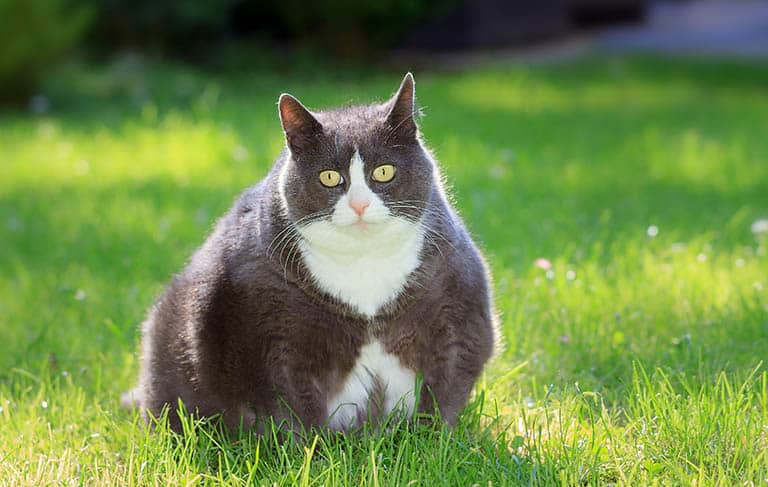An estimated 50 million dogs and 56 million cats are overweight or obese in the United States. This means that more than half the population of cats and dogs in America weigh significantly more than what is healthy. That added body fat can cause severe medical conditions, negatively impact their quality of life and shorten their lifespan.
This blog covers the causes of pet obesity and why it is so harmful to pets along with offering a treatment plan for pet weight loss and tips for preventing obesity in your cat or dog.
Causes of Pet Obesity
Pet obesity is when a cat or dog has 20% higher body fat than their ideal healthy body weight. The animal has a noticeably much rounder shape, sagging stomach area, increased tiredness, excessive panting and lack of interest. The owner also has a hard time feeling their pet’s ribs, waistline and spine.
What causes this excessive weight gain is mainly overeating and lack of exercise. Underlying health issues may also be a contributing factor. Both neutering a pet as well as medical conditions such as hypothyroidism, pancreatic cancer and cushing’s disease can change a pet’s hormones and metabolism. Make an appointment with your veterinarian to understand why your dog or cat is obese and create a guided treatment plan.
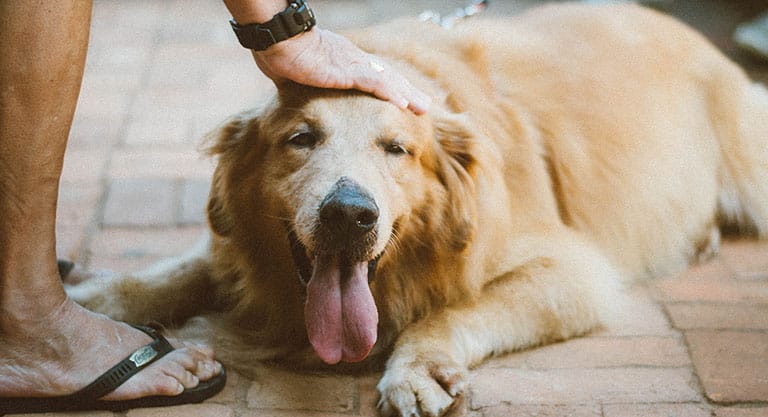
Why Pet Obesity is Harmful
The extra added weight lowers a pet’s quality of life. The heart and lungs of an overweight dog or cat have to work harder. Lungs struggle to expand and the heart has to beat faster. The animal gets high blood pressure, their immune system weakens and the weight puts pressure on their body.
These factors may shorten an obese pet’s lifespan by up to two or more years. Severe medical conditions such as heart disease, a collapsed trachea, respiratory distress or laryngeal paralysis are all possible. The pet may develop fatty, breast or bladder tumors. They become more susceptible to mammary gland cancer and urinary tract cancer. The extra weight makes it difficult for the joints, and the cat or dog may develop arthritis or tear their ACL. The extra folds of skin can become irritated and develop a bacterial infection. Obesity can cause impaired glucose metabolism and insulin resistance leading the animal to develop diabetes.
Treatments for Pet Obesity
Alter Calorie Intake and Portion Sizes
Once a cat or dog is recognized as being obese, there are treatment plans to help them get back to a healthier weight. Create a weight loss plan with the help from your vet. The plan should include calorie intake and portion sizes.
Measure and keep track of how much food you are giving your dog or cat with measuring cups. Give the amount your vet suggests for each meal. Do not restrict your pet, but gradually give a little less each week to prevent your pet from feeling starved. A quick significant drop in weight can cause more problems for the animal.
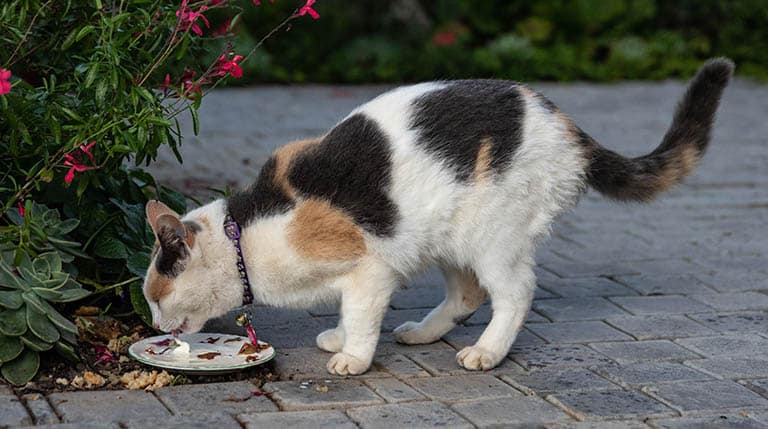
Change in Pet Food and Treats
The type of food that is fed to the cat or dog may need to change, and your vet can help you customize your pet’s diet. A high-protein, low-fat or low-carbohydrate pet food can produce good results of healthy weight loss. Treats need to be less frequent or swapped out for healthier versions like green beans, apple slices without the seeds, bananas, blueberries and broccoli. Remind children or guests not to give the pet table scraps. The goal is to increase good nutrition and decrease calorie intake. Read this blog to learn how to help your pet transition to new pet food.

Increase Daily Activity
Put the cat or dog on an exercise plan. Start off with low-impact exercises and gentle playtime. Teach new games to your pet, and introduce new toys that catch their curiosity or awaken their predatory drive. Swimming is a good cardio and muscle building exercise that is not too strenuous. Walking allows time for fresh air and is an easy exercise at a slower pace.
Maintain a daily schedule of activity for your pet. Monitor their body language to see if a certain exercise or activity level is too much or too easy for the animal. Speak with your vet for advice and suggestions about your pet’s specific exercise plan.
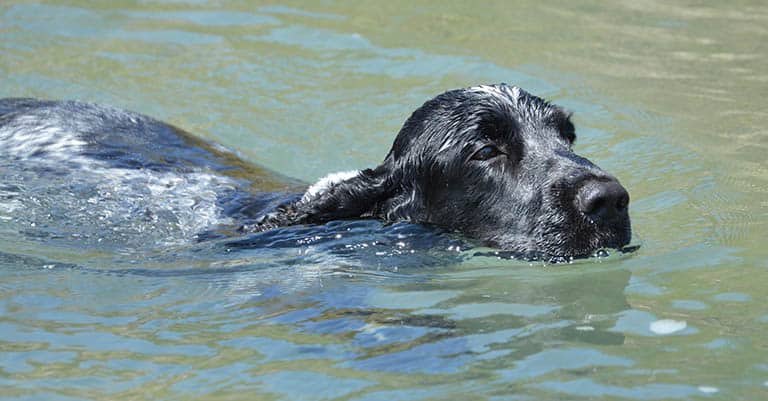
How to Prevent Pet Obesity
Pay attention to the kind of food the pet eats, how much of it they eat and how often. Small breeds should be given around a cup of food a day while large breeds can be given up to three cups of food a day. Look at the ingredients of pet food and choose one that contains more protein and vegetables than starches.
Commit to daily activity with your cat or dog. Find out the different exercises that your particular pet enjoys or what their breed was bred to do. For example, many labrador retrievers love to play fetch and swim because they were bred to retrieve fish and nets from the water for fishermen.
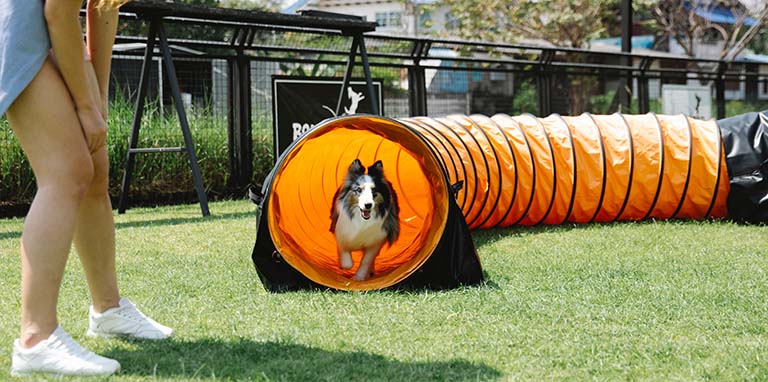
Pet Obesity is an Epidemic
There is a rise in cats and dogs being obese in the United States. Though well-intentioned, many owners overfeed their pets and allow their furry friends to embrace leisure a little too much. This can lead to dangerous weight gain that may result in a medical condition and a shorter life.
Healthy calorie intake and daily exercise are both ways to treat obesity and prevent it. Give your cat or dog the best quality of life by adhering to the suggested daily food intake and activity level that your vet recommends.


